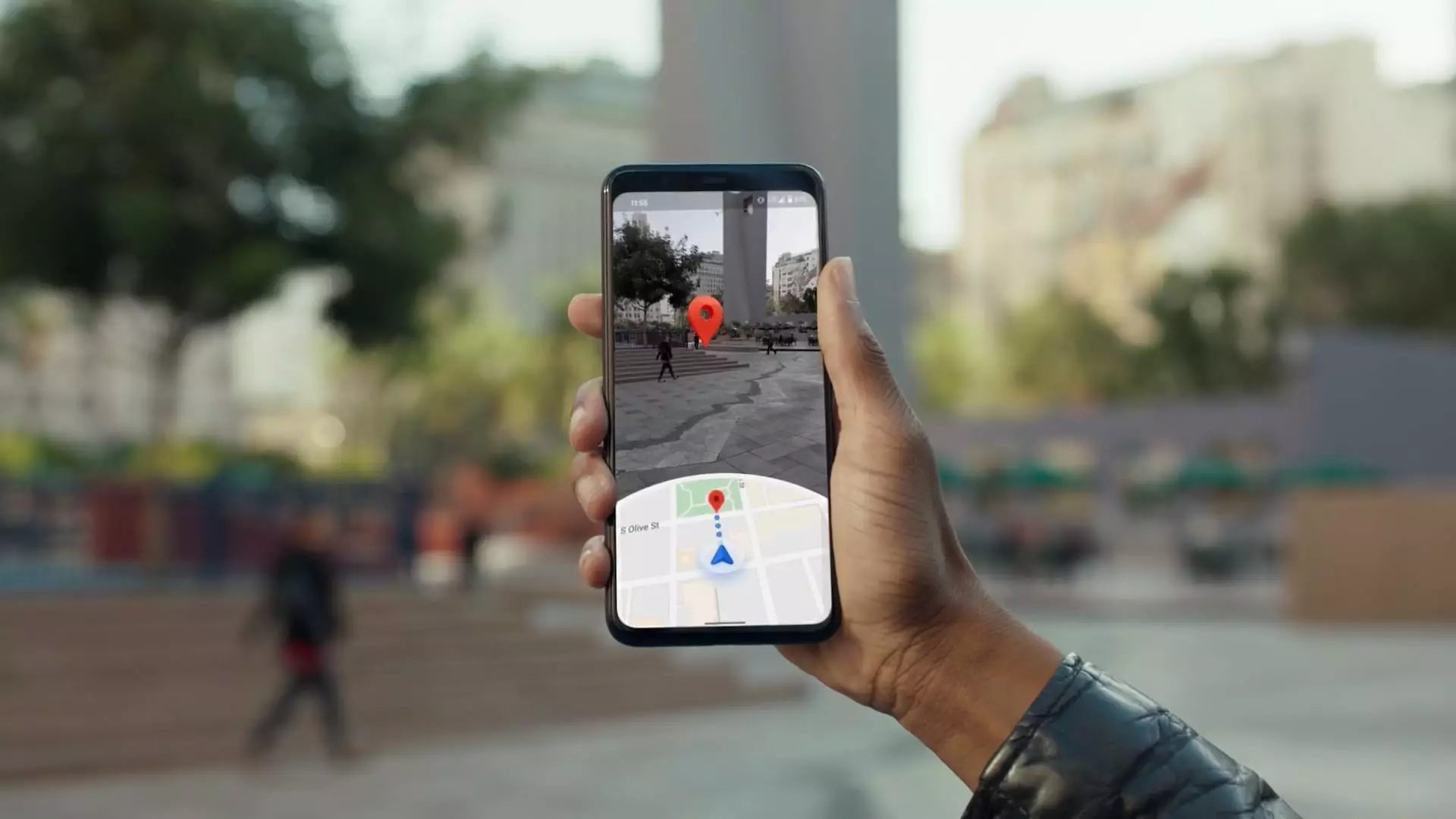Two decades ago, the tech landscape was set for a seismic shift when Larry Page, co-founder of Google, envisioned a new way for people to interact with their environment. This vision materialized into Google Street View, an innovative feature that transformed standard maps into immersive, navigable experiences. Maria Biggs, the technical program manager at Google Street View, elaborates on the humble beginnings of this project. It all started when Page drove through neighborhoods with a camera in tow, prompting questions about the potential of such technology. Today, Street View has evolved dramatically, significantly enhancing the capabilities of Google Maps.
Biggs recalls a pivotal development with the introduction of a new camera model in 2022 designed for easy installation on any vehicle, as opposed to a system that is permanently affixed to a single car. This innovation opens new opportunities; for instance, Google can now send these cameras to destinations like Hawaii without the need to ship entire cars, simplifying logistics while expanding their mapping coverage. The ability to refresh data, especially in regions that haven’t been updated in a decade, reflects a commitment to providing current and accurate information.
The success of Google Maps hinges not solely on Street View but on a diverse range of data sources. With more than 2 billion active users per month, Google Maps stands as the preeminent navigation app worldwide. As it approaches its 20th anniversary in February, Google intensifies its efforts to maintain this supremacy. The integration of state-of-the-art camera technology facilitates the mapping of previously unexplored regions like Liechtenstein, Bosnia and Herzegovina, and Namibia, showcasing Google’s relentless drive to dominate even remote areas.
However, gathering mapping data involves more than just street-level imagery; it is a multifaceted endeavor incorporating satellite and aerial photography, along with insights from over 1,000 third-party sources including local authorities and user contributions. This vast network is what enables Google to provide map services across over 250 countries and territories—enabling navigation across socio-political and geographical boundaries.
A notable facet of Google Maps’ enhancement is the incorporation of Gemini, Google’s generative AI chatbot. Launched recently, Gemini revolutionizes the search process, culminating in tailored recommendations based on specific criteria, such as locating a dog-friendly bar that broadcasts sports in an outdoor setting. By summarizing extensive reviews and providing real-time alerts on road conditions and weather patterns, Gemini significantly augments the user experience.
For public transportation users, Maps has become even more informative, offering updates on delays, alternative routes, and subway entrance locations, resulting in optimized journeys. The integration of generative AI enhances functionalities in Waze as well—another navigation app acquired by Google that feeds pertinent information into Maps. This reciprocal relationship between the apps further enriches the user experience by creating a feedback loop that keeps drivers informed of potential hazards.
Despite its achievements, Google faces challenges as it navigates the complex terrain of data privacy issues. Users can opt to maintain their anonymity by blurring sensitive data like faces and license plates in Street View imagery. Changes that allow location history to be stored locally rather than in the cloud enhance security credentials, protecting users from unwanted scrutiny.
In terms of traffic management, while Google Maps provides innovative routing options, the resultant navigation maneuvers can occasionally exacerbate traffic congestion in less equipped neighborhoods. Google acknowledges this issue and collaborates with local authorities to ensure that navigation routes adhere to municipal regulations.
James Hodgson, a specialist in automotive research, notes the importance of developing a fleet-level overview of navigation technology. As individual consumer preferences shape routing, a more comprehensive analysis of overall traffic patterns could lead to improved efficiency in urban mobility.
While Google’s financial performance related to Maps remains largely opaque—lumped together with other services within Alphabet’s financial reports—estimates indicate significant revenue growth from this sector. From a 2019 Morgan Stanley report projecting an increase from $2.95 billion in 2019 to $11 billion in 2023, it is clear that Google has effectively monetized its mapping technology, a model largely predicated on advertising.
Merchants often leverage the platform to increase visibility, while Google further diversifies income by licensing mapping data to companies across industries like real estate and logistics. The integration of the Android Automotive operating system into vehicles allows for geographically informed infotainment experiences, signaling a lucrative avenue as the adoption of technology-driven transport, such as robotaxis, escalates.
In an era where autonomous vehicles are vastly improving in reliability, Google’s Waymo is making significant headway in the robotaxi market. Waymo represents a self-reinforcing cycle: autonomous vehicles depend on accurate mapping for navigation while simultaneously enriching Google’s datasets, ensuring continuous improvement in both operational efficacy and user experience.
As Google Maps continues to innovate using cutting-edge technology and data-driven approaches, the interplay of geographic exploration, user engagement, and economic sustainability sets a compelling trajectory for the future of navigation. Such a comprehensive approach not only preserves Google’s competitive edge but also reinforces its commitment to enhancing how we traverse the world, both literally and digitally.

